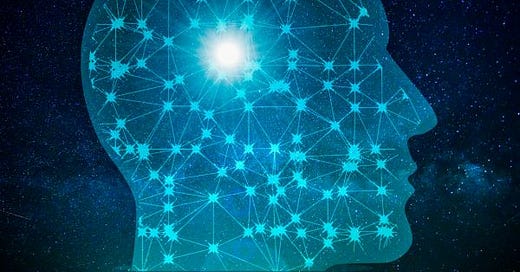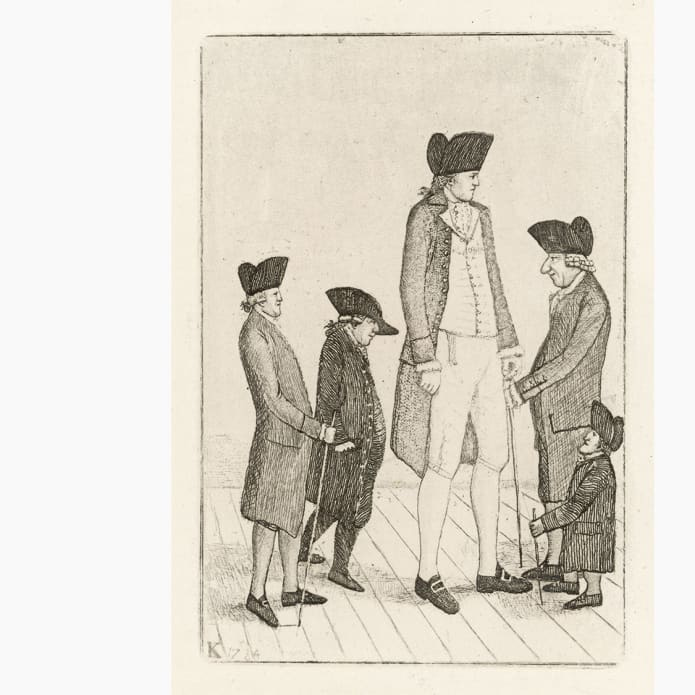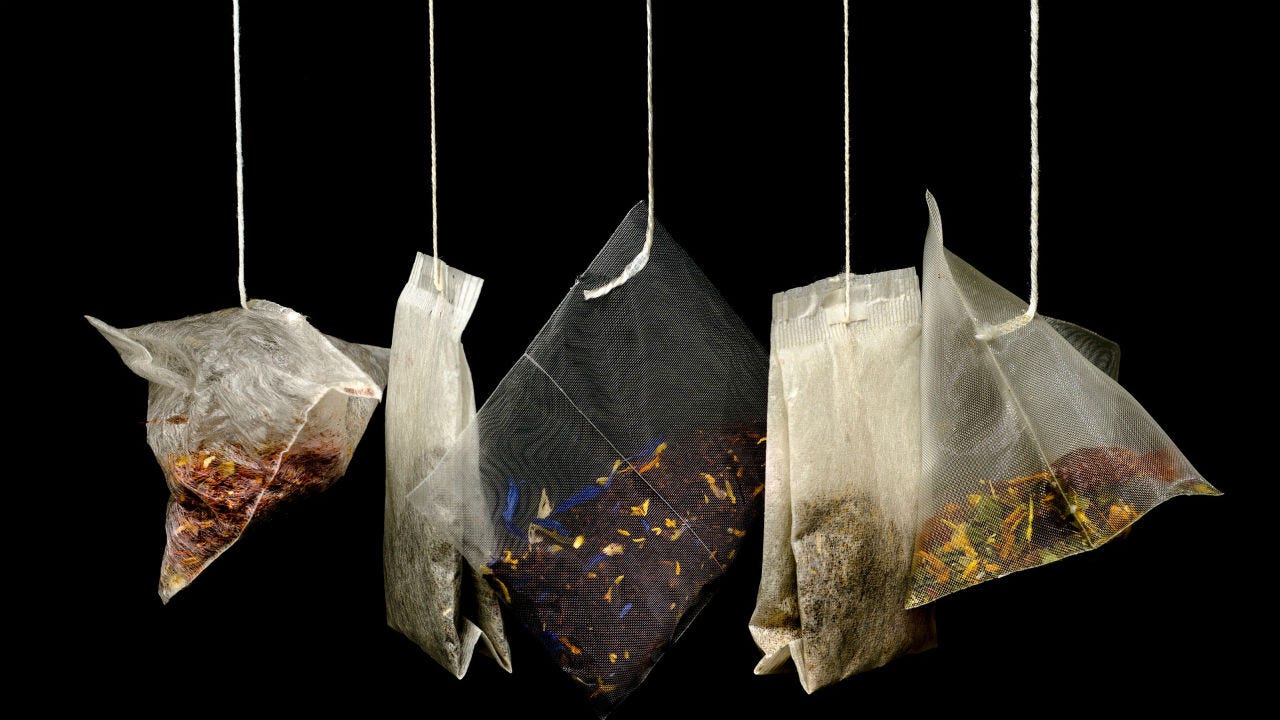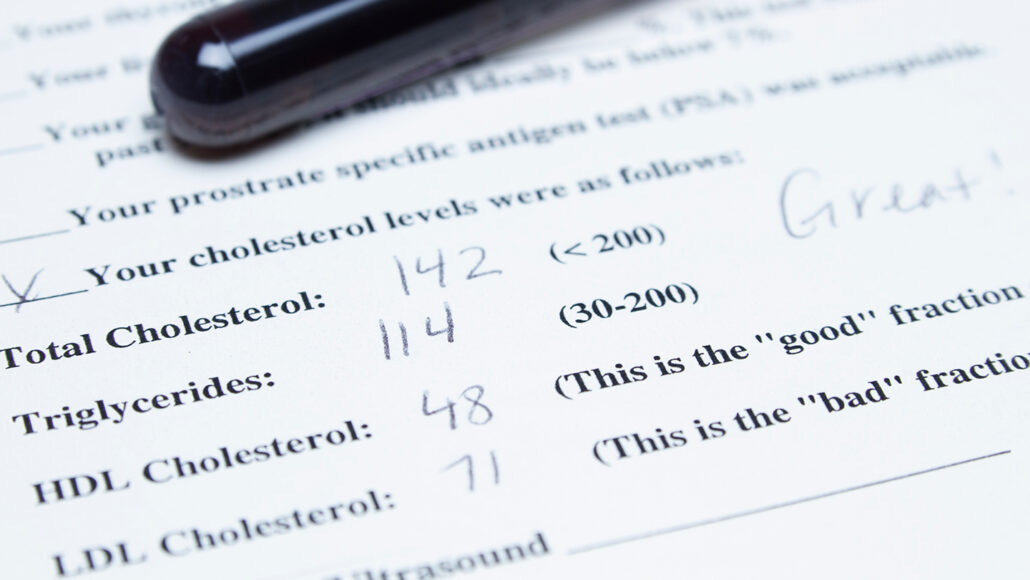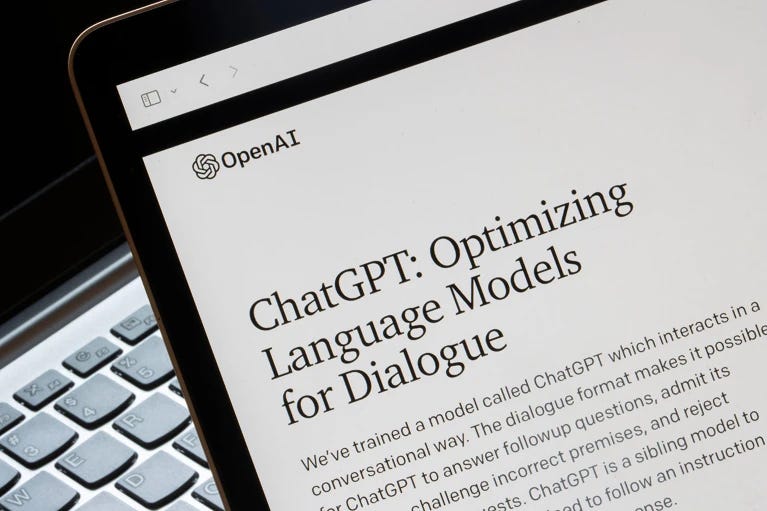Sci-Ed Update 241
ChatGPT is still in the news. But so are therapeutic mitochondria, how we use skeletal remains, whether HDL is "good"—and a lot more!
Image: PXhere/Hassan CC0
How Artificial Intelligence is Impacting Higher Education
Cynthia Alby discusses how artificial intelligence (like ChatGPT) is impacting higher education on episode 448 of the Teaching in Higher Ed podcast.
If AI can do it well, it is possible that we could hand things over to AI that would allow us to do other things that we wouldn’t have had time to do. -Cynthia Alby
When students are doing work that matters to them, they don’t turn to AI for anything other than a little help. -Cynthia Alby
How can we ask students to do things that are worth doing? -Cynthia Alby
KP: This is a great episode on a topic that I’ll be discussing in the next episode of The A&P Professor podcast.
Credit: Historia/Shutterstock
Skeleton of man who dreaded becoming a museum exhibit will finally be removed from display
A British museum is to remove its most famous exhibit from display -- the skeleton of an 18th-century man popularly known as the "Irish Giant."
The Hunterian Museum houses a collection of anatomical specimens at London's Royal College of Surgeons of England (RCS). It has been closed for five years for a major renovation, but when it reopens in March, its collection of 3,000 objects and specimens on display will not include the skeleton of Charles Byrne.
Byrne had an undiagnosed benign tumor of the pituitary gland. As a result, his body produced too much growth hormone, causing conditions known as acromegaly and gigantism -- meaning his bones grew much bigger than normal. He grew to be 7 feet, 7 inches tall.
KP: I wonder how many of us model ethical and honorable use of human remains (e.g., skulls, bones, skeletons) in education? Or do we instead dress them up or give them silly names or pose them in “humorous” ways?
Read more→ AandP.info/a0i
Many workplace require people to sit for long portions of the day, but its important to find ways to get exercise, experts said.
Sitting too much is bad for your health, but offsetting the impact is easy, study shows
Sure, you've heard the dangers of sitting all day, but with most jobs there isn't much you can do about it, right?
Not according to a new study, which looked into the impacts of prolonged sitting.
Five minutes of light walking every half hour can help alleviate some of the increased risk that comes with sitting for long stretches of the day, according to the study published Thursday in the journal of the American College of Sports Medicine.
Read more→ AandP.info/ngd
Credit: Unsplash/CC0
Mathematical model predicts long-term effectiveness of COVID-19 vaccine booster doses in different patient populations
Researchers have designed a mathematical model that can predict the course of vaccine-induced immunity against COVID-19 in different patient populations—including otherwise healthy individuals and those who have cancer or suppressed immune responses—over the long term.
The model, which was developed by a team led by investigators at Massachusetts General Hospital (MGH), a founding member of the Mass General Brigham healthcare system, in collaboration with scientists at the University of Cyprus, also makes predictions under potential future scenarios (such as the emergence of SARS-CoV-2 variants with greater immune evasion) and reveals the benefits of the new bivalent vaccines.
Read more→ AandP.info/j59
Image: PXhere CC0
Excess Sugar Consumption Promotes Inflammation
Excess consumption of sugar and other carbohydrates can lead to increased inflammation and greater risk of autoimmune diseases. A recent article published in Cell Metabolism has revealed new details of how sugar consumption promotes inflammation and disease.
Autoimmune diseases are a group of conditions caused by the body’s immune system attacking healthy cells. Examples of autoimmune diseases include type 1 diabetes, Crohn’s disease, lupus, certain thyroid diseases, and many more. Excess consumption of sugar over long periods of time can lead to increased risk of developing autoimmune diseases. The underlying mechanisms causing autoimmune disorders are complex, but new details have emerged about part of this process.
Cells in the immune system require sugar to perform their functions, and specialized glucose transporters help immune cells take up glucose at the cell membrane. One specialized transporter, called GLUT3, is highly expressed in a type of immune cell called Th17 lymphocytes. Th17 lymphocytes help regulate inflammatory processes, including autoinflammation. After glucose is taken up by Th17 cells, it is metabolized into an enzyme called acetyl-coenzyme A. The new research published in Cell Metabolism has shown that this enzyme can regulate the activity of certain gene segments regulating inflammation. Therefore, levels of glucose consumption have a direct impact on inflammatory genes.
Read more→AandP.info/od3
Physicians hope to treat children with faulty copies of the energy-generating mitochondria (artist depiction) by adding healthy maternal copies of the organelles to their blood cells.MINOVIA THERAPEUTICS
Moms’ mitochondria may refresh cells in sick kids
Innovative treatment designed to treat mitochondrial disease shows promise in a few patients
A gift from their mothers might reenergize the cells of children who carry faulty mitochondria, the organelles that serve as cells’ power plants. A research team is testing a strategy that involves soaking patients’ blood cells in a broth of healthy mitochondria from their mothers and then reinfusing them. Early signs suggest the intervention is safe and may improve the children’s health and development, and the researchers are planning a follow-up clinical trial.
This approach “is different from what anyone else is doing,” says Mary Kay Koenig, a pediatric neurologist at the University of Texas Health Science Center, Houston, who wasn’t connected to the study, published today in Science Translational Medicine. Although the results are at a very early stage, they are “very exciting,” she says. But Michael Hanna, a clinical neurologist at the University College London Queen Square Institute of Neurology, believes “it’s important to be cautious. This is highly preliminary data.”
Mitochondria, which originated early in eukaryotic evolution as symbiotic bacteria within other organisms, generate most of the adenosine triphosphate (ATP) that fuels cells. But about one in 5000 babies is born with mitochondrial defects that cause sometimeslethal disorders.
Read more→ AandP.info/pjm
Image: Pixabay
Your tea could contain billions of plastic particles
Researchers “spill the tea” on plastic tea bags
With all the distressing news about microplastics in your food, you might be tempted to comfort yourself with a nice cup of tea. Not so fast. A new study reveals tea brewed in "silken" tea bags could contain billions of plastic particles in a single cup, the Canadian Broadcasting Corporation reports.
Researchers steeped the plastic tea bags in hot water, and found the number of particles released into a cup was orders of magnitude greater than those in other food and drinks, they report this week in Environmental Science & Technology. The scientists aren't sure whether these particles pose a risk to tea drinkers, because few studies examine microplastics' effects on human health. When they exposed water fleas to the microplastics, though, they say the tiny creatures swam "crazily." Apparently, the particles weren't their cup of tea.
Read more→ AandP.info/dvs
A lung infection called histoplasmosis can be caused when the spores of soil fungi called Histoplasma (illustrated) are inhaled. ROGER HARRIS/SCIENCE PHOTO LIBRARY/GETTY
Fungi that cause serious lung infections are now found throughout the U.S
Doctors should be on the lookout for the organisms, researchers say
Three types of fungi that cause serious lung infections and were once thought to be confined to certain regions of the United States are now widespread.
In 1955, Histoplasma fungi grew mainly in Midwest soil and in parts of the East and South, and that’s where histoplasmosis infections mainly occurred. But Medicare records from 2007 through 2016 indicate that 47 states and Washington, D.C., had cases of histoplasmosis above a certain threshold, researchers report November 11 in Clinical Infectious Diseases.
These fungi are now “a lot more common than we think they are,” says Andrej Spec, an infectious diseases doctor and mycologist at Washington University School of Medicine in St. Louis.
Read more→ AandP.info/qod
The amount of cholesterol that HDL particles carry, commonly reported on blood tests, doesn’t appear to be the most important detail when it comes to heart health. GIPHOTOSTOCK/GETTY IMAGES
HDL ‘good’ cholesterol isn’t always good for heart health
The link between HDL and heart disease isn’t clear-cut
“Good” and “bad” cholesterol: These well-known characters have long starred in the saga of heart health. But in a major plot twist, “good” cholesterol, it turns out, is not always so good.
In the last dozen years or so, research on the particles that carry so-called good cholesterol — known as high-density lipoprotein, or HDL — has presented a much more nuanced and conflicted story about HDL’s effect on cardiovascular disease.
And a new, large study brings fresh doubt. High levels of HDL cholesterol were not associated with protection against heart disease in Black or white participants, researchers reported in the November Journal of the American College of Cardiology. For low levels of HDL cholesterol, there was a split, with a link to higher risk of heart disease in white participants but not in Black participants.
Read more→ AandP.info/kj1
Scientists and publishing specialists are concerned that the increasing sophistication of chatbots could undermine research integrity and accuracy.Credit: Ted Hsu/Alamy
Abstracts written by ChatGPT fool scientists
Researchers cannot always differentiate between AI-generated and original abstracts.
An artificial-intelligence (AI) chatbot can write such convincing fake research-paper abstracts that scientists are often unable to spot them, according to a preprint posted on the bioRxiv server in late December1. Researchers are divided over the implications for science.
“I am very worried,” says Sandra Wachter, who studies technology and regulation at the University of Oxford, UK, and was not involved in the research. “If we’re now in a situation where the experts are not able to determine what’s true or not, we lose the middleman that we desperately need to guide us through complicated topics,” she adds.
The chatbot, ChatGPT, creates realistic and intelligent-sounding text in response to user prompts. It is a ‘large language model’, a system based on neural networks that learn to perform a task by digesting huge amounts of existing human-generated text. Software company OpenAI, based in San Francisco, California, released the tool on 30 November, and it is free to use.
But Arvind Narayanan, a computer scientist at Princeton University in New Jersey, says: “It is unlikely that any serious scientist will use ChatGPT to generate abstracts.” He adds that whether generated abstracts can be detected is “irrelevant”. “The question is whether the tool can generate an abstract that is accurate and compelling. It can’t, and so the upside of using ChatGPT is minuscule, and the downside is significant,” he says.
Read more→ AandP.info/5s0

